Introduction to Space Physics

Summary
All aspects of space plasmas in the solar system are introduced and explored in this text for senior undergraduate and graduate students. Introduction to Space Physics provides a broad, yet selective, treatment of the complex interactions of the ionized gases of the solar-terrestrial environment. The book includes extensive discussions of the sun and solar wind, the magnetized and unmagnetized planets, and the fundamental processes of space plasmas, including shocks, plasma waves, ULF waves, wave-particle interactions, and auroral processes. The text devotes particular attention to space-plasma observations and integrates these with phenomenological and theoretical interpretations. Highly coordinated chapters, written by experts in their fields, combine to provide a comprehensive introduction to space physics. Based on an advanced undergraduate and graduate course presented in the Department of Earth and Space Sciences at UCLA, the text will be valuable to both students and professionals in the field.
Similar Books
-
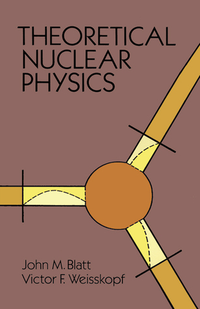 Theoretical Nuclear Physics
Theoretical Nuclear Physicsby John M. Blatt
-
 Introduction to Nuclear Physics 2ed
Introduction to Nuclear Physics 2edby W.N. Cottingham
-
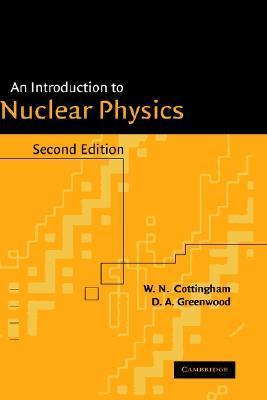 An Introduction to Nuclear Physics
An Introduction to Nuclear Physicsby W.N. Cottingham
-
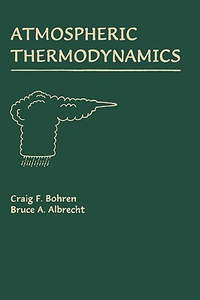 Atmospheric Thermodynamics
Atmospheric Thermodynamicsby Craig F. Bohren
-
 Dynamic Models in Biology
Dynamic Models in Biologyby Stephen P. Ellner
-
 Nonlinear Dynamics in Physiology and Medicine
Nonlinear Dynamics in Physiology and Medicineby Anne Beuter
-
 System Dynamics: A Unified Approach, 2nd Edition
System Dynamics: A Unified Approach, 2nd Editionby Dean C. Karnopp
-
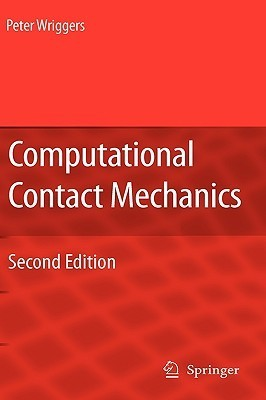 Computational Contact Mechanics
Computational Contact Mechanicsby Peter Wriggers
-
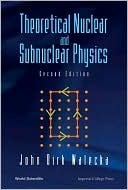 Theoretical Nuclear and Subnuclear Physics
Theoretical Nuclear and Subnuclear Physicsby Senior Fellow Continuous Electron Beam Accelerator Facility (Cebaf) Governor's Distinguished Cebaf P
-
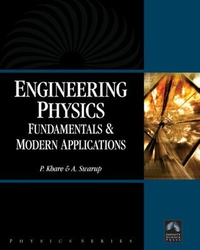
-
 Poromechanics
Poromechanicsby Olivier Coussy
-
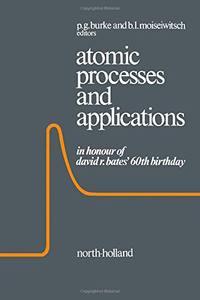
-
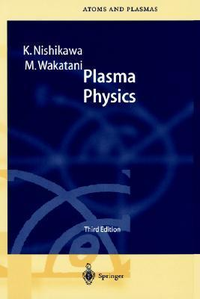 Plasma Physics: Basic Theory with Fusion Applications
Plasma Physics: Basic Theory with Fusion Applicationsby Kyoji Nishikawa
-
 Gravity Currents: In the Environment and the Laboratory
Gravity Currents: In the Environment and the Laboratoryby John E. Simpson
-
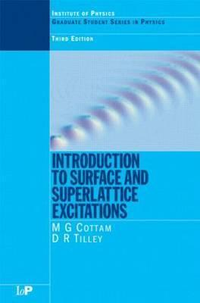 Introduction to Surface and Superlattice Excitations
Introduction to Surface and Superlattice Excitationsby Michael G. Cottam
-
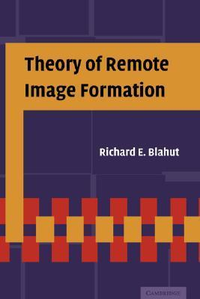 Theory of Remote Image Formation
Theory of Remote Image Formationby Richard E. Blahut
-
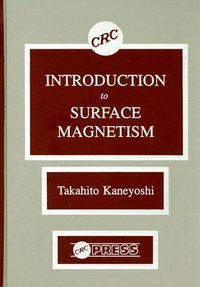 Introduction to Surface Magnetism
Introduction to Surface Magnetismby Takahito Kaneyoshi